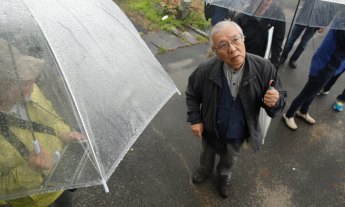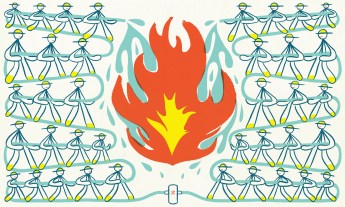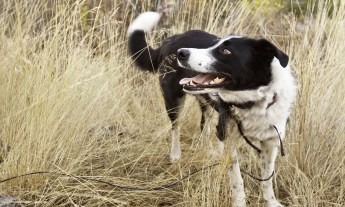
Which is the bigger threat to wildlife: Radioactivity or humans? Wildlife ecologist Jim Beasley has gone into the contaminated zones around Chernobyl and Fukushima to learn the answer, and his findings are both sobering and heartening.
When humans are evacuated after a nuclear disaster, what happens to the environment — soil, plants and trees, animals — left behind?
To learn about the impact on animal life, wildlife ecologist James Beasley, an associate professor at the University of Georgia, has done what many people wouldn’t do: he’s ventured into the exclusion zones near both the failed Chernobyl and Fukushima Daiichi nuclear reactors. (Watch his TEDxPeachtree Talk: Chernobyl 30 years later.)
And what Beasley has found defies expectations. Populations of animals have been increasing, despite the high contamination of these areas. Although further studies are needed, his observations send a potentially hopeful message of how wildlife may be able to bounce back after a disaster.
The explosion of the Chernobyl reactor on April 26, 1986 near Pripyat, Ukraine, on the Belarus-Ukraine border is considered the worst nuclear disaster in world history. According to the International Atomic Energy Agency (IAEA), it released 400 times more radiation into the atmosphere than the atomic bomb dropped on Hiroshima. More than 116,000 people were evacuated from a 1,622-square mile zone (which is half in Belarus and half in Ukraine). The town of Pripyat, once home to over 50,000 people, was abandoned, along with the surrounding farms and villages. In the immediate aftermath, 31 people involved in the emergency response died, and by 2004 another 19 had passed away from radiation.
More than three decades later, the controversy continues over the total number of deaths and illnesses caused by Chernobyl. In a 2005 estimate, the World Health Organization theorized that 2,200 people who worked on the emergency response and recovery (of the more than 200,000 people participating) would die from radiation-related causes, such as thyroid cancer.
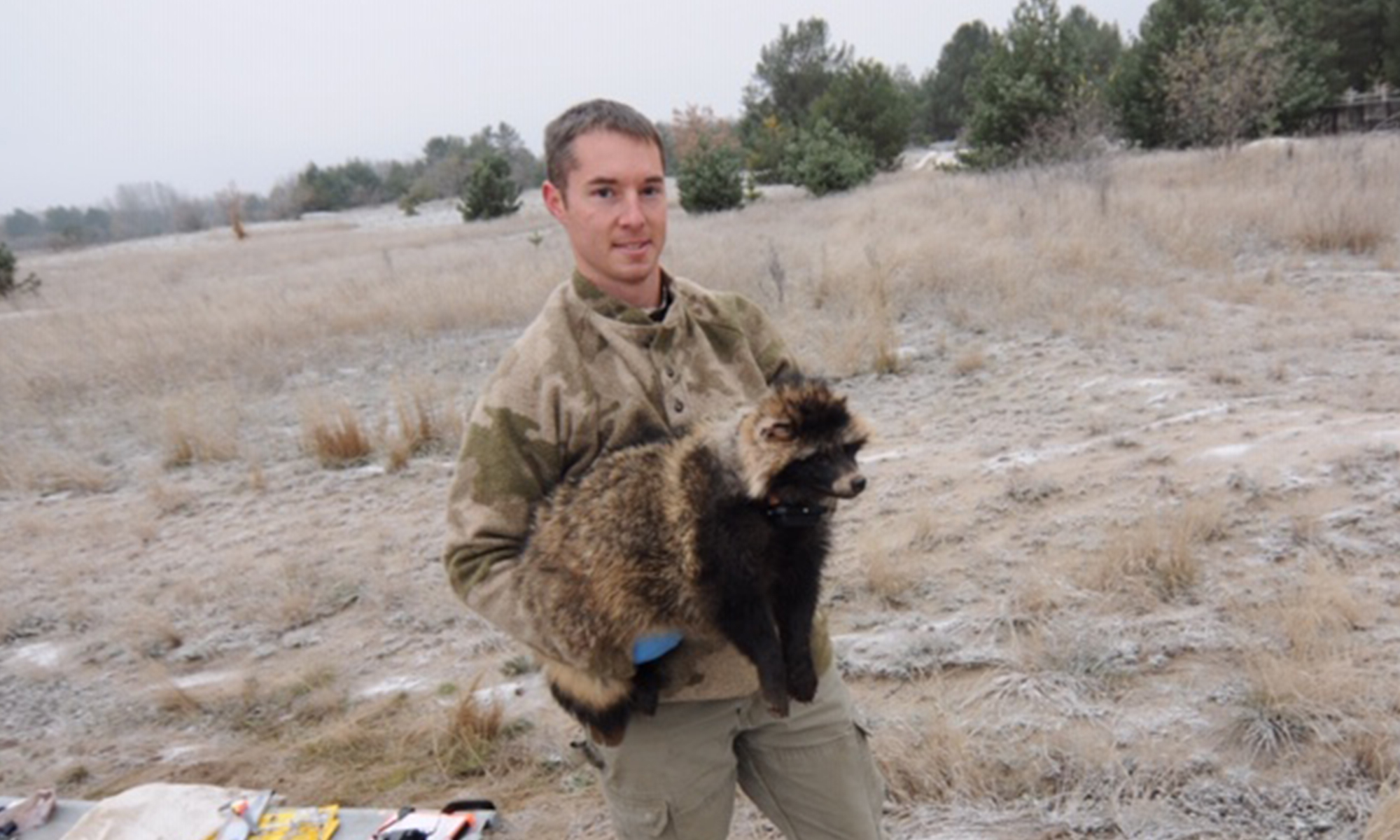
Less is known about the effects of radiation on another population in the region: the wild animals that live there. In the immediate aftermath, plants and wildlife were clearly devastated. Within months, up to 4.3 miles of pine forests to the west of the reactor died, earning the nickname “Red Forest.” In addition, according to the IAEA, large populations of rodents and insects living in the soil died off. For a few years after the accident, cows and sheep that had been evacuated were noticeably sickened, as were their offspring. And while there isn’t much data on how the radiation affected animals at a DNA level, researchers have observed increased genetic damage in fruit flies, mice and a weed called thale cress.
Beasley, who works at the Savannah River Ecology Lab and has studied the environmental impact of the Savannah River Site, a former nuclear weapons factory, wondered how larger animals had been affected. He’d heard anecdotes from filmmakers and other visitors about having seen wildlife wandering around. These reports surprised him, he says. “When you hear the word ‘Chernobyl,’ at least prior to a few years ago, you think of an abandoned wasteland.” But when he tried to find hard data, there wasn’t much available: “I really became intrigued in developing some studies to help address some of these knowledge gaps.”
Beasley began looking at statistics from the Belarus Ministry of Natural Resources. For the first decade after the disaster — from 1987-1996 — researchers flew over the zone via helicopter to count large animals. They saw numbers of elk, roe deer, red deer, and wild boar actually increasing. Then, during winters from 2005 until 2010, they counted animal tracks in the zone’s Belorussian side. They found population densities of animals like elk, roe deer, red deer and wild boar were similar to those counted in four uncontaminated natural reserves in Belarus. Meanwhile, wolves were 7 times more abundant in the exclusion zone than in control reserves in Belarus, and 19 times more abundant than in an uncontaminated reserve in Russia. Intrigued, Beasley decided to go to Chernobyl to investigate.
Using motion-triggered cameras, scientists have documented a growing ecosystem in the Chernobyl exclusion zone. Over a five-week period, Beasley and colleagues set up 98 camera traps in the Belorussian side. At each site, they cleared vegetation from the ground, set down a small plaster tab infused with a scent to attract carnivores and omnivores, and placed a motion-sensor-activated infrared camera nearby. (To protect themselves, the researchers wear dosimeters to keep track of their dosage, minimize the time spent in high-radiation areas, and wear full-face respirators when they must disturb the soil.) When the team looked at the footage, they detected 14 species, including the moose, wolves, foxes, deer and the endangered Eurasian bison (which was introduced in the 1990s as a conservation effort).
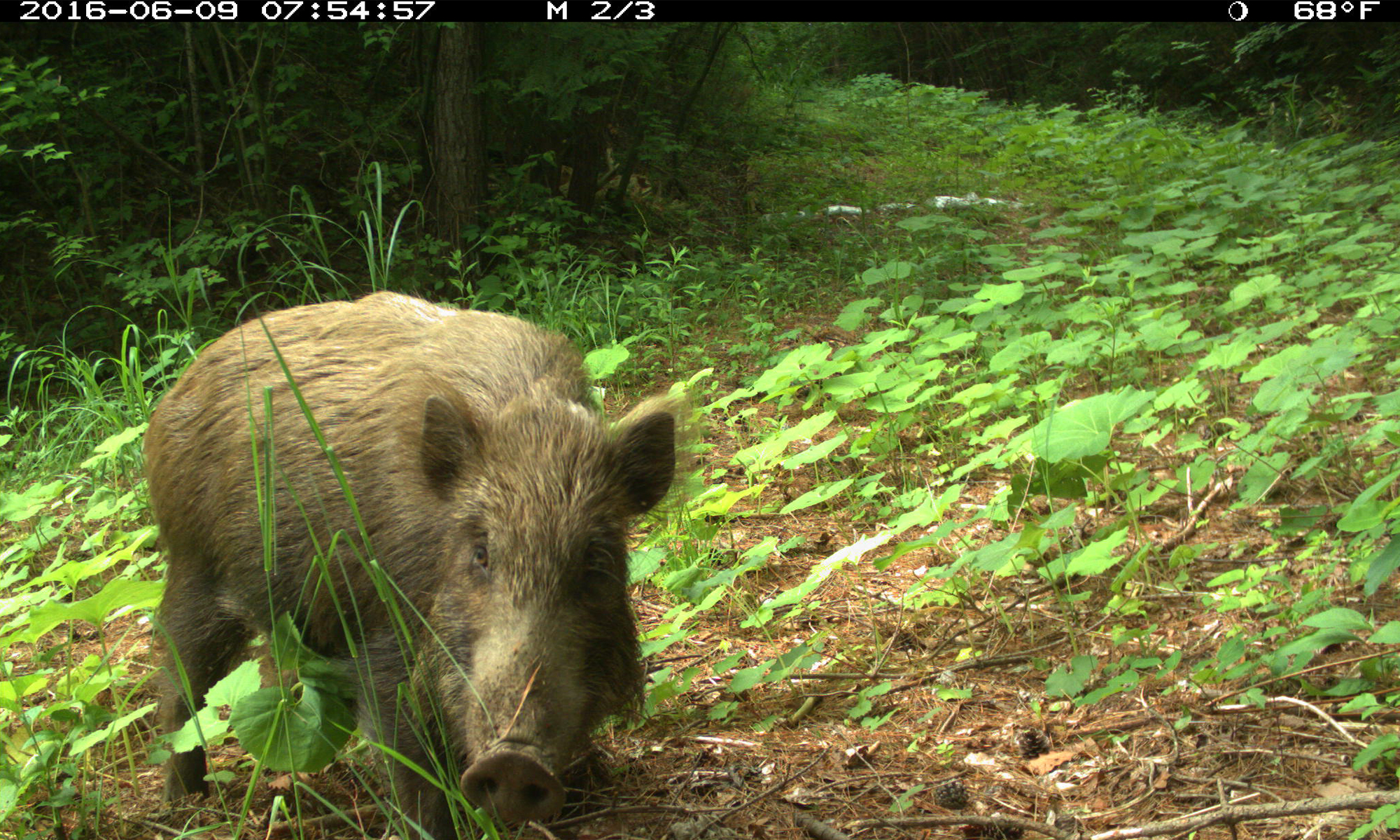
While camera traps don’t permit them to estimate population numbers, they did allow the team to investigate how radiation was affecting where the animals were found. The researchers plugged numbers and locations on the four most plentiful species (gray wolf, raccoon dog, red fox and Eurasian boar) into a statistical model which factored in type of habitat, distance to water, and distance to the edge of the zone (a way of measuring human presence). They also plugged in measurements of amounts of Cesium-137, one of the radioactive isotopes released in the explosion. Due to its long half-life (the amount of time it takes for half of a sample of radioactive substance to decay), it will be present in the soil for years to come.
What they found: Beasley and his colleagues saw no correlation between contamination levels and the abundance of animals there. In other words, many animals were living — and thriving — in highly contaminated areas. “We found a whole variety of species, and really what was driving their distribution was habitat,” says Beasley. “It had nothing to do with radiation levels on the ground.”
In a subsequent survey, Beasley and his team laid 83 baits — consisting of a dead carp — along the Pripyat River and irrigation ditches to attract scavengers. The cameras caught 13 species including tawny owl, white-tailed eagle, American mink, Eurasian otter and pine marten. What’s more, 98 percent of the carp carcasses were scavenged within a week — suggesting these animals are flourishing. “All the data that we’ve collected at this point suggests that these animals in these nuclear landscapes are, at the population level anyway, thriving in the absence of humans,“ Beasley says. This indicated the biggest factor affecting wildlife wasn’t nuclear contamination, as he’d expected, but human presence.
Beasley has found a similar phenomenon at a more recent nuclear-disaster site: the area around the Fukushima Daiichi Nuclear Reactor. When the reactors at the Fukushima Daichi plant melted down after the March 2011 earthquake and tsunami, roughly 10 percent of the amount of radiation as in Chernobyl was released. The government evacuated people from a 444-square-mile parcel. Part of the area will remain closed to the public, but about three-quarters of the area has been reopened since 2016 (although only 10 to 15 percent of the original population has returned). Unlike Chernobyl, where few people enter, the evacuation zone in Fukushima has been busy with remediation workers scraping and bagging topsoil for removal. Beasley wondered whether animals would bounce back as quickly there.
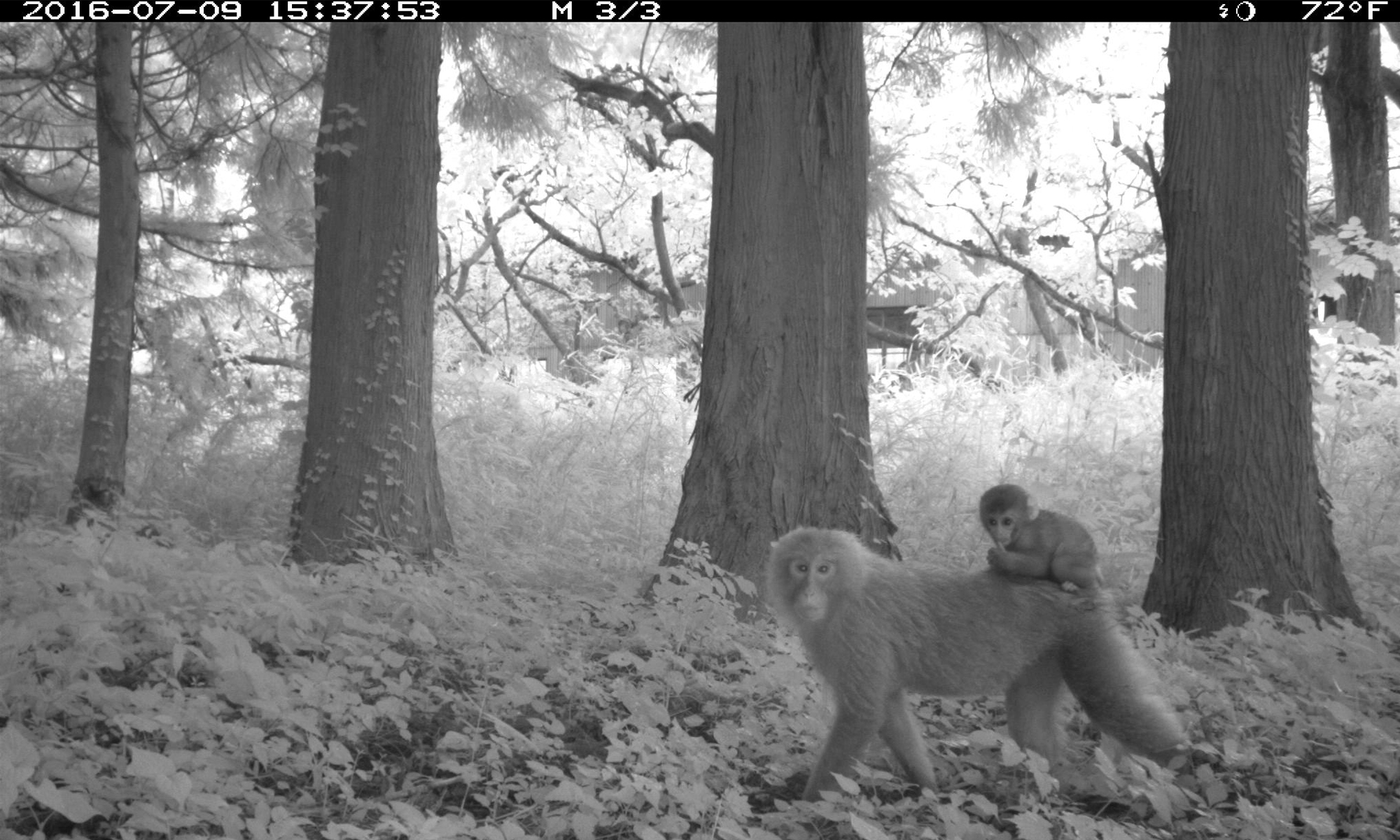
For two four-month periods in 2015 and 2016, Beasley and his colleagues set up camera traps at 106 sites in the Fukushima evacuation zone and in a nearby zone that is still inhabited. They caught 22 different animal species, including Japanese macaques, raccoon dogs, wild boar and Japanese serow. Just like at Chernobyl, the researchers modeled these animals’ abundance against different possible factors, such as radiation levels and habitat. Once again, radiation levels appeared to have no impact on where the animals were found.
Most animals, such as wild boar, Japanese macaques and marten, were more abundant in the contaminated zones where humans were excluded. In fact, the wild boar population has exploded so much that there are efforts to remove them so they don’t destroy buildings in the areas where people will someday return. Beasley has visited the zone a dozen times, staying one to two weeks at a stretch. He’s been struck to see usually nocturnal boars “walking around in the middle of the day,” he says.
To their astonishment, the team captured footage of a black bear in the evacuation zone near the reactor. “That was a species that we really had no expectation to see there,” Beasley says. The fact that animal populations have boomed in just a few years after the accident suggests that, when humans leave an area, wildlife quickly recover. “These are pretty rapid responses,” he says. “It’s very much in line with what we’ve seen in Chernobyl.” (Results from his study were recently published in the journal Frontiers in Ecology and the Environment.)
While wild animals near Chernobyl and Fukushima may be doing well in terms of sheer numbers, Beasley’s team is now trying to understand how radiation is affecting them individually. Let there be no doubt: The animals in Chernobyl are highly radioactive. Boars are especially radioactive because they eat tubers, grubs and roots in the soil, where Cesium-137 has settled. Beasley and his team have also measured high levels in wolves, which they’ve caught and tagged with GPS collars and devices that track radioactivity.
But so far, these effects haven’t been apparent to the researchers’ eyes. “I’ve never seen an animal with an outward visual deformity from radiation,” he says. In the future, he and his colleagues would like to study the reproductive systems of animals in Chernobyl and Fukushima to see if radiation is affecting, say, the formation of sperm in males, or the number of eggs that females are producing. Beasley says, “There’s a lot more that we need to discover.”
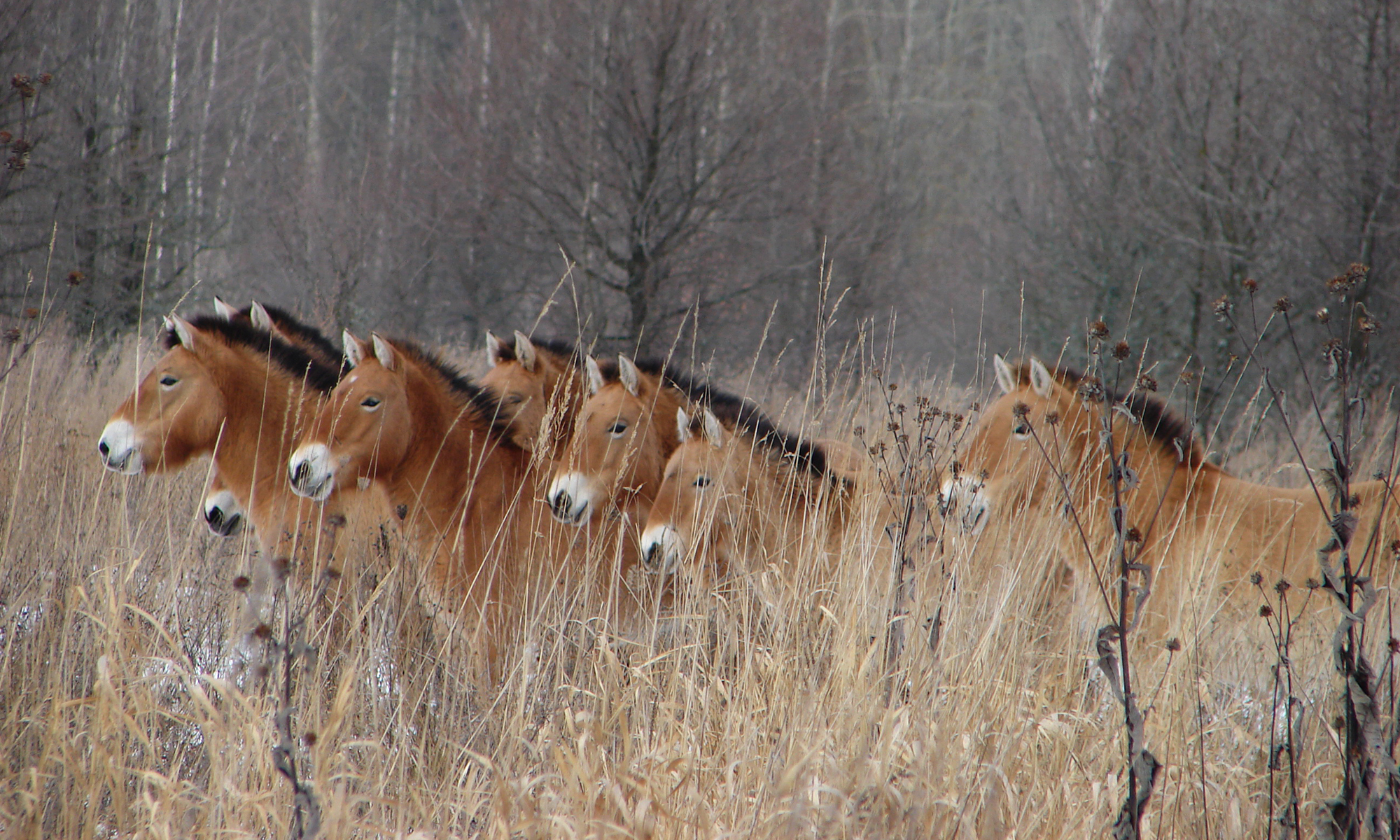
To Beasley, the success of animals in Chernobyl and Fukushima carries a message that’s both poignant and hopeful. “To me, it’s really a sobering reminder and a pretty dramatic example of the impacts that humans have on ecosystems,” he says. His research shows that the presence of people in an area may actually be worse for animal populations than radioactive contamination; humans appear to stress an ecosystem simply by living in it.
On the positive side, one of the world’s endangered animals has found a haven in Chernobyl’s exclusion zone. Przewalski’s horse, the last remaining sub-species of wild horse, became extinct in the wild by the mid-1950s, and existing specimens lived only in captivity. As an experiment — from 1998 to 2004 — 36 horses were released in the Chernobyl exclusion zone after the accident. After 10 years, their numbers have nearly doubled to 65.
Thanks to the camera traps, Beasley has seen a sight that was once thought near impossible: groups of the wild horses gathering in Chernobyl’s abandoned houses and barns. Their comeback, and that of other animals, seems to tell us that, as long as humans are willing to give them space, there remains a chance for reviving even vanishing species. “Wildlife are really resilient, and I think that’s a good example of that resiliency,” Beasley says.
Watch his TEDxPeachtree Talk here:









